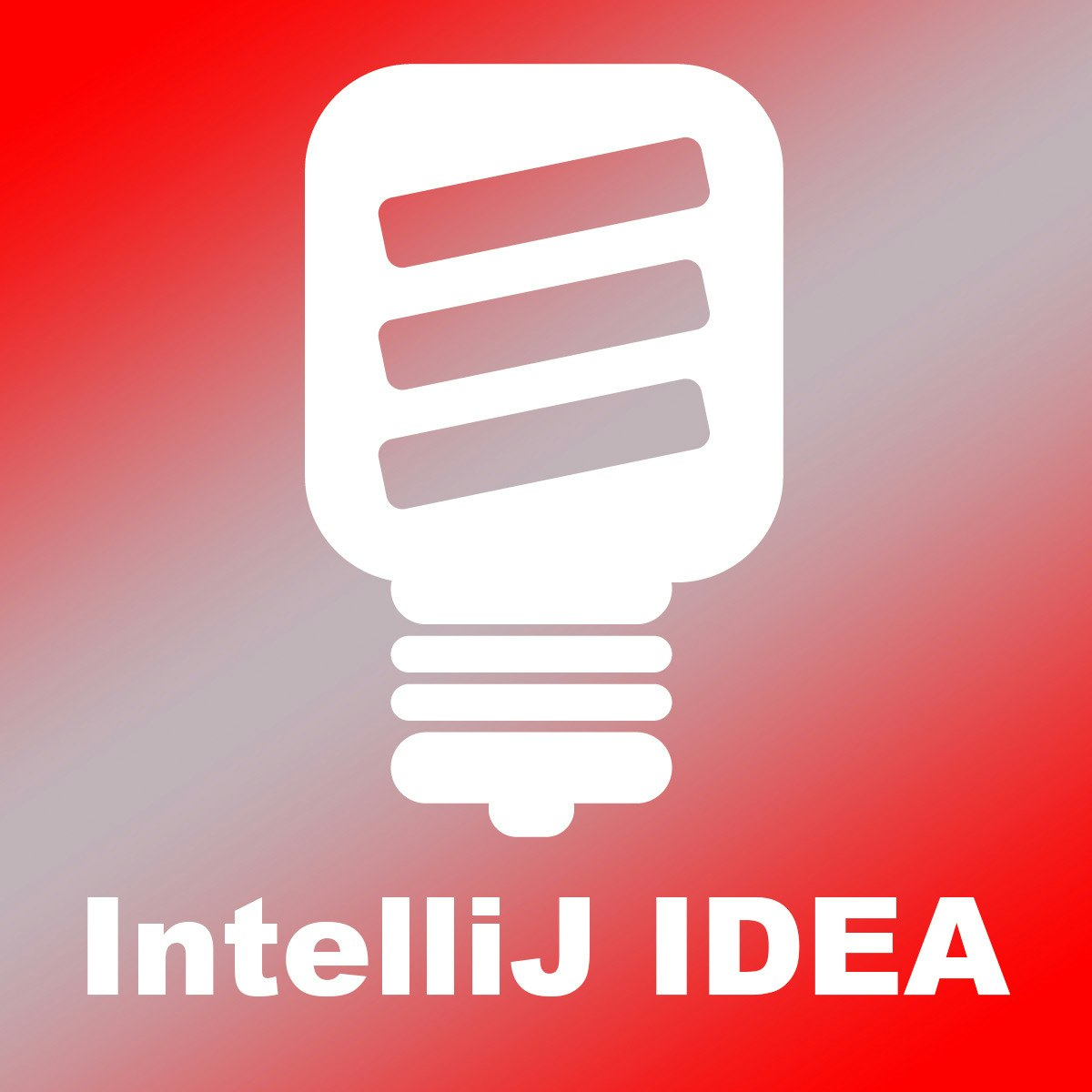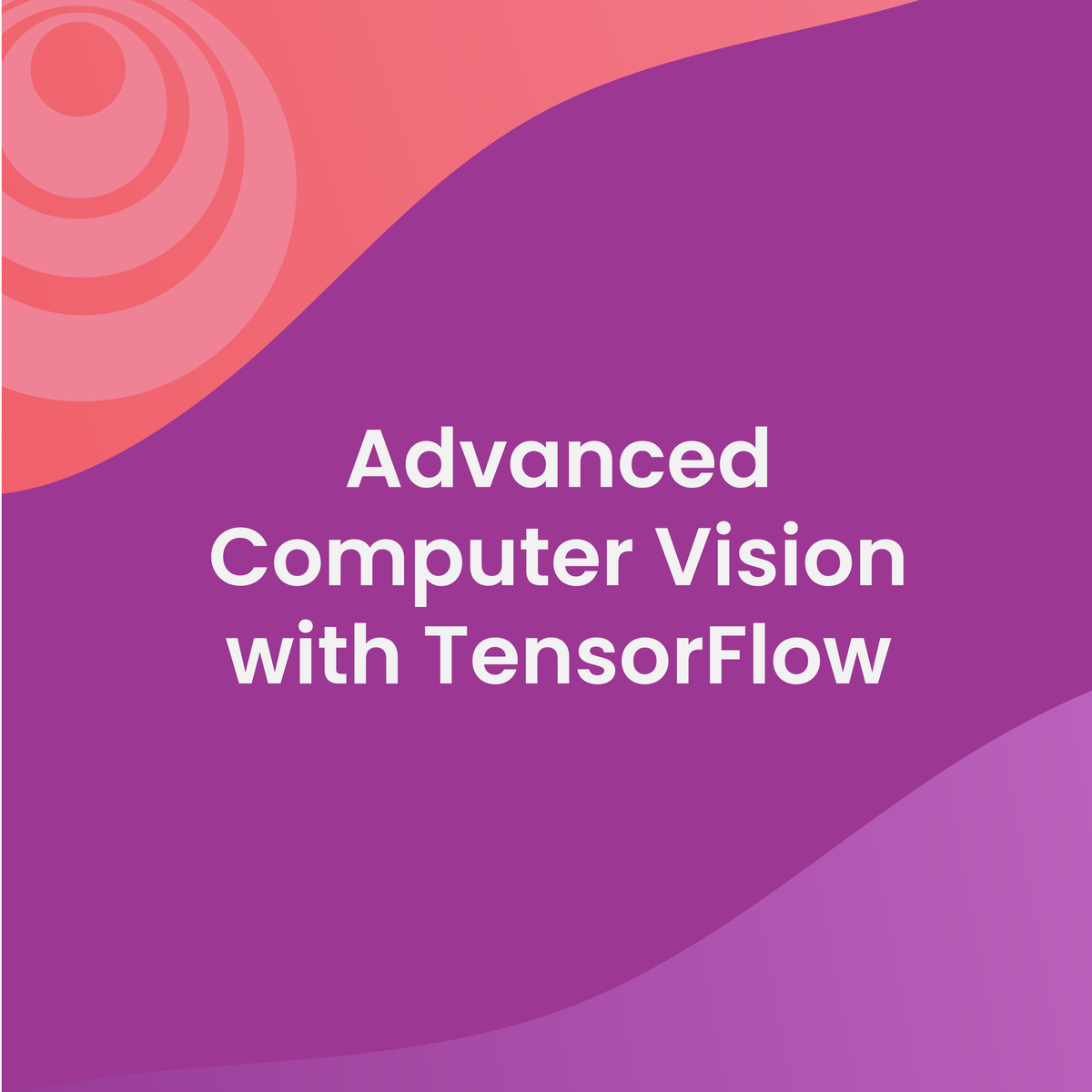Back to Courses









Computer Science Courses - Page 63
Showing results 621-630 of 2309

Build a Firebase Android Application (Part II)
This 1.5 hours project-bases course is a continuation of the class Build a Firebase Android Application (Part I). In this class, you will learn about Google Firebase user authentication and how to use security rules to enforce data integrity and control user access.
This class requires basic to intermediate to advance experience in Android application development in Java, and basic Firebase development as prerequisites.
A free Google and a free Appetize.io accounts are also required to participate in this class.

Create a Website Using Wordpress : Free Hosting & Sub-domain
In this 2 hours long project-based course, you will learn to create a Beautiful, Professional Medical Business Website from scratch using WordPress with free Hosting and Sub-domain. Our goal is to get free hosting, subdomain, and make use of WordPress to create an amazing medical background website. You'll learn to work with themes, plugins, permalinks of WordPress.
By the end of this project, you will be able to register for a free subdomain and hosting for your website on 000webhost. You will be able to install WordPress on 000webhost and you will also be able to create an amazing medical website in WordPress.
You do not need any programming skills or experience.
Note: This course works best for learners who are based in the North America region. We’re currently working on providing the same experience in other regions.

Configuring for Scala with IntelliJ IDEA
In this quick 1 hour guided project you will learn how to get IntelliJ IDEA ready for Scala development. We will cover SDK, JDK, Scala-SDK, customization and the Scala build tool (sbt). Prior Scala experience is helpful but not necessary for this project.

Advanced Computer Vision with TensorFlow
In this course, you will:
a) Explore image classification, image segmentation, object localization, and object detection. Apply transfer learning to object localization and detection.
b) Apply object detection models such as regional-CNN and ResNet-50, customize existing models, and build your own models to detect, localize, and label your own rubber duck images.
c) Implement image segmentation using variations of the fully convolutional network (FCN) including U-Net and d) Mask-RCNN to identify and detect numbers, pets, zombies, and more.
d) Identify which parts of an image are being used by your model to make its predictions using class activation maps and saliency maps and apply these ML interpretation methods to inspect and improve the design of a famous network, AlexNet.
The DeepLearning.AI TensorFlow: Advanced Techniques Specialization introduces the features of TensorFlow that provide learners with more control over their model architecture and tools that help them create and train advanced ML models.
This Specialization is for early and mid-career software and machine learning engineers with a foundational understanding of TensorFlow who are looking to expand their knowledge and skill set by learning advanced TensorFlow features to build powerful models.

Create and Test a Document AI Processor
This is a self-paced lab that takes place in the Google Cloud console. In this lab, you learn how to to create and use document processors using the Document AI API.

Introduction to Dart
This is a self-paced lab that takes place in the Google Cloud console.
In this lab you will learn the basics of Dart. Understand how to work with variables, flow control and functions to start your journey with Dart.

Software Architecture for the Internet of Things
This course will teach you how to design futureproof systems that meet the requirements of IoT systems: systems that are secure, interoperable, modifiable, and scalable. Moreover, you'll learn to apply best-in-class software architecture methods to help you design complex IoT and other applications. Lastly, you'll come to understand the business impact of the technical decisions that you make as an IoT system architect.
You'll learn all about software architecture in the next 5 weeks! In the first week, you'll discover why having a well-designed architecture is important and which challenges you might come across while developing your architecture. By the end of the second week, you'll already be able to write your own requirements! In the third and fourth weeks, you will learn how to correctly write quality attributes and quality attribute scenarios for a specific case. In the last week, you'll learn to describe your own patterns and tactics and see how they're used in an Android framework.

Build a website using Wix Artificial Design Intelligence
In this 1.5-hour long project-based course, you will learn how to build a stunning and unique website using Wix Artificial Design Intelligence using different combinations of layouts, themes, fonts, designs & sections. You will also be able to communicate with your customers via Inbox & chat available in Wix's dashboard. Wix ADI is one of the first-ever AI solutions for website design and creation. Wix is the leader in drag & drop web design and we are going to allow Wix’s Artificial Intelligence technology to create a “tailored” website for each of us. What it means is, all of us are going to end up with unique websites. No two sites are going to be the same. This means that by the end of this project, you will have your own unique & tailored website on the internet through which you can accept booking, accept payments and have a conversation with your customers.
Note: This course works best for learners who are based in the North America region. We’re currently working on providing the same experience in other regions.
Learn to Program: The Fundamentals
Behind every mouse click and touch-screen tap, there is a computer program that makes things happen. This course introduces the fundamental building blocks of programming and teaches you how to write fun and useful programs using the Python language.

Homeland Security & Cybersecurity Connection - It's Not About the Terrorists
Welcome to Course 1 in CS4950, Homeland Security and Cybersecruity. In this course we examine the origins of homeland security and its connection with cybersecurity. Homeland security is about safeguarding the United States from domestic catastrophic destruction. Catastrophic destruction comes in two forms: natural and man-made. For most of history the man-made variety came in the form of warfare and required the combined resources of a nation state. All that changed March 20th, 1995. On that date, members of a quasi-religious cult in Japan attacked the Tokyo subway system using Sarin gas. It was the first deployment of a weapon of mass destruction my a non-state actor. The power of destruction once reserved to nation states was now available to small groups, even individuals. The incident was a wake up call for governments around the world. Defense establishments designed to keep rogue states in check were practically useless against non-state actors. Overnight, the number of potential enemies multiplied a hundred, maybe even a thousand-fold. In response to the Tokyo Subway Attacks, the United States took measures to protect itself from WMD attack by non-state actors. Those measures were still being enacted when the nation was attacked on 9/11. On September 11, 2001, nineteen hijackers inflicted as much damage as the Imperial Japanese Navy on December 7, 1941. The investigating 9/11 Commission noted the attacks for their "surpassing disproportion". The hijackers had achieved WMD effects without using WMD. They did this by subverting the nation's transportation infrastructure, turning passenger jets into guided missiles. Again, the security implications were profound. Non-state actors seeking to inflict domestic catastrophic destruction did not need to import, fabricate, or acquire WMD as the nation was surrounded by the means of its own destruction in the form of critical infrastructure. The vulnerability of critical infrastructure had not gone unnoticed. Again, in response to the Tokyo Subway attacks, which themselves had been an attack on Japanese infrastructure, President Clinton in 1996 commissioned a panel to investigate the threat to United States' infrastructure. The panel replied in 1997 that there was no immediate threat to US infrastructure, but they were concerned with the growing risk of cyber attack. The same cyber physical systems that fueled the explosive growth of the Internet were being incorporated into Industrial Control Systems that underpinned much of the nation's critical infrastructure. The panel noted that the knowledge and skills necessary to mount a cyber attack on the nation's infrastructure was growing. As a result of this observation, President Clinton in 1998 ordered the protection of US critical infrastructure, especially from cyber attack. Following 9/11, critical infrastructure protection and cybersecurity were designated core missions in the 2002 Homeland Security Act establishing the new Department of Homeland Security. They remain core missions to this day, but many don't see the connection. The connection is this: cybersecurity is essential to critical infrastructure protection, which is essential to homeland security, which is about safeguarding the United States from domestic catastrophic destruction. I look forward to working with you in the coming lessons. Best wishes and good luck!
Course 1: Homeland Security & Cybersecurity Connection
Course 2: Cybersecurity Policy for Water and Electricity Infrastructures
Course 3: Cybersecurity Policy for Aviation and Internet Infrastructures
Course 4: Homeland Security & Cybersecurity Future
